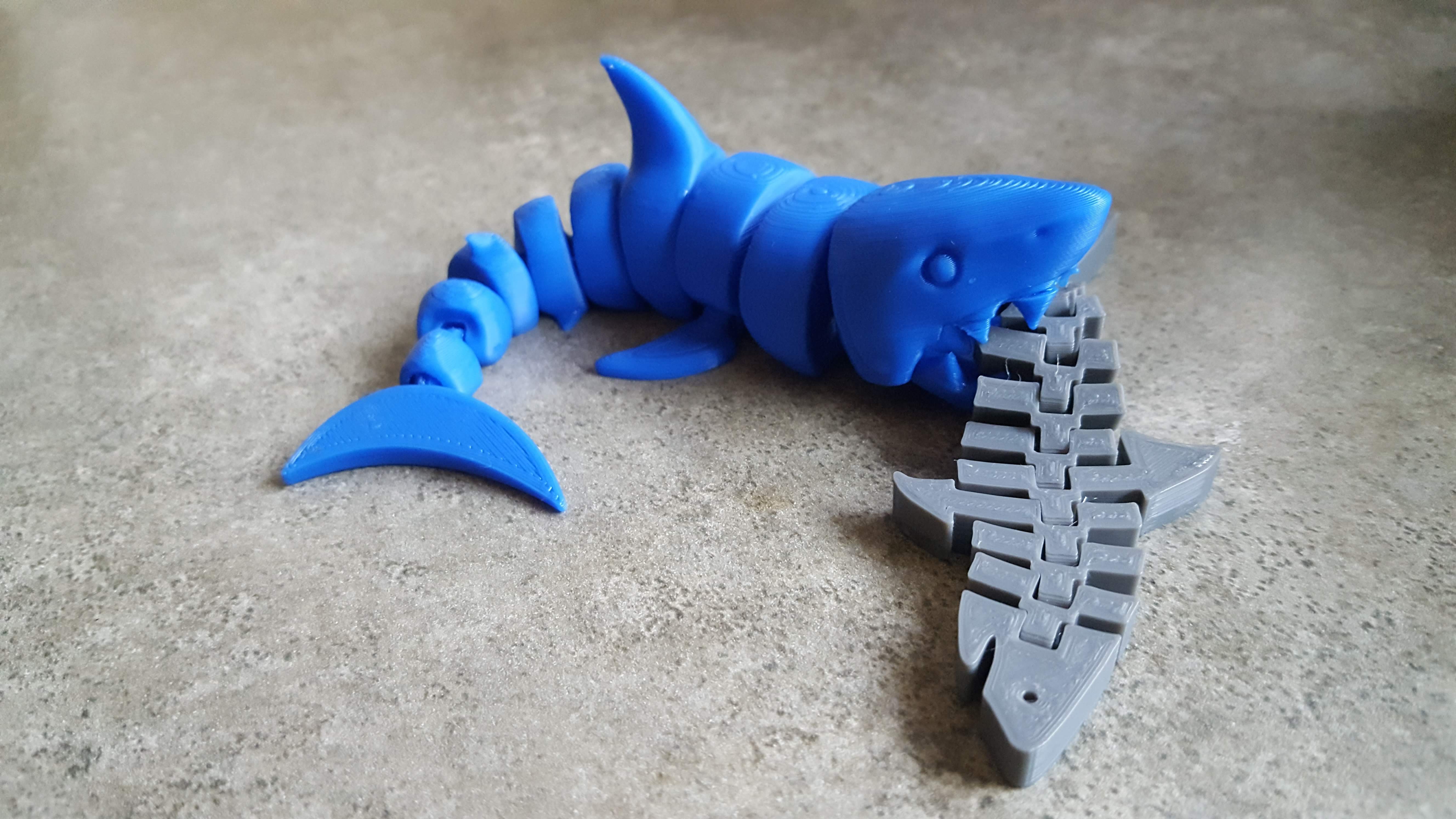

"We had a hunch that movement is a critical factor in understanding shark propulsion – so we knew our next step was to fabricate a much more realistic material with the hard structures attached to a flexible membrane." "Most previous studies used flat plates covered with aluminum protrusions, which didn’t account for the way sharks move," said George Lauder, Ph.D., a Harvard Biology professor who specializes in the biomechanics of aquatic locomotion in fishes.

After all, it’s tough to fabricate a material that closely mimics shark skin, a marvel of Nature honed over the 400 million years that sharks have sleuthed the seas.
First sharks 3d skin#
The key to sharks’ hydrodynamic prowess lies in how the rigid, tooth-like structures that coat their flexible skin change the flow of water as sharks swim forward – but attempts to quantify this effect have fallen short.

Scientists have been trying to unlock the secrets of shark skin for more than 50 years. Combining multiple materials in this model was key to the team’s ability to accurately mimic and quantitatively measure the hydrodynamic advantages of shark skin, which had never been done before. It clearly shows the rigid denticles (about 1.5 mm long) embedded in a flexible rubber-like membrane. The advance allows for accurate measurement of the hydrodynamic properties of synthetic shark skin, and could inspire improved swimsuit, boat, and aircraft designs This SEM image was used as the journal cover and is accompanied by a Galapagos shark.


 0 kommentar(er)
0 kommentar(er)
